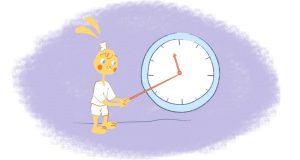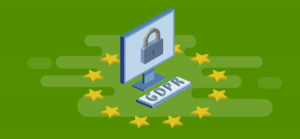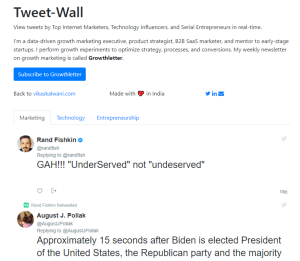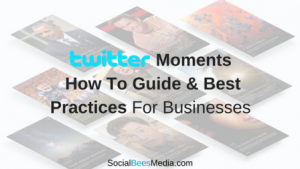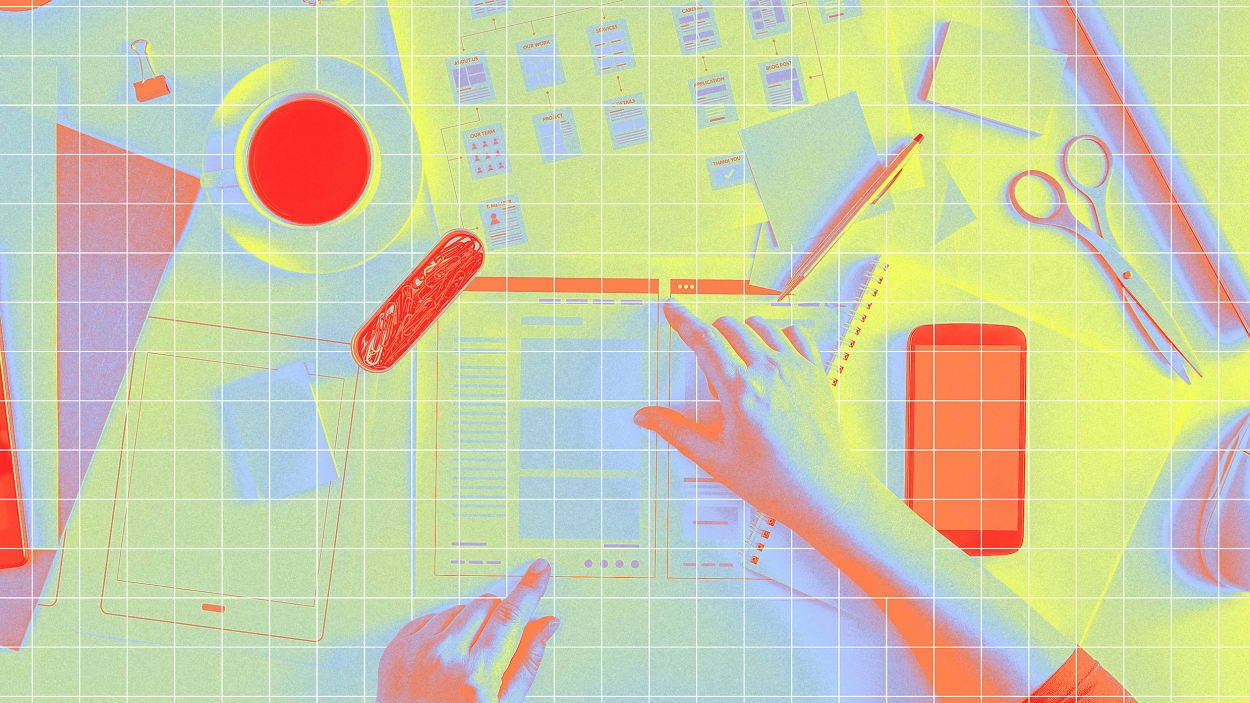
Though nearly everyone on Earth engages with their work on a daily basis, a product designer’s job description can seem mysterious and opaque to people outside the design or tech space. On a day-to-day basis, the role of a project designer comes down to: solving problems while keeping user experience and utility at front-of-mind.
In both physical and virtual realms, product designers conceptualize and innovate to help close the gap on what’s missing, in order to achieve a more optimal user experience overall. A product designer might also be referred to as a user experience designer, information architect, or experience architect depending on the parameters and responsibilities of their role as well as the specific industry, field, or scope of work.
Curious to know exactly what a product designer day-to-day looks like—or wondering how to become a product designer? Read on to better understand exactly what a project designer does and how to get started in the industry.
What does “product designer” mean?
The term product designer essentially means: a problem solver or innovator who works to create and invent products and services that will respond to a specific problem or fill a consumer void within society as a whole, or within a specific demographic. Product designers use the tools and know-how that come with design thinking to help ensure products and processes are properly optimized to solve user experience shortcomings.
The role of a product designer begins with empathizing with real-world people and customers; rather than just putting together a proposal that might draw enough buzz to catch on or be successful, a product designer aims to create tools and services that will solve problems and offer a positive long-term solution for consumers and society alike. Product designers will then look for pain points and opportunities to improve upon existing systems or products.
The goal of a product designer is to solve an existing problem through either system design, process design, or interface design. This can look like anything from being onboarded to optimize the lineup at a grocery store chain to testing the best interfaces on a new smartphone or other user-focused technology.
What is product design?
Product design always starts by identifying a problem or area in which services can be improved and moves forward to brainstorm and conceptualize ideas that can then be tested and turned into prototypes before being sent to market.
Although product design can be strongly rooted in technological advancements, in practice, it combines art, science, and technological thinking in order to produce solutions that can quickly and easily be adopted by the target audience in question. This makes for a much more sustainable and service-driven approach to innovation that will make a difference in society at various levels depending on the project in question.
The process was best described by Don Koberg and Jim Bagnellin in “The Seven Universal Stages of Creative Problem-Solving” which described product design in seven steps: accepting the situation, analyzing the problem, defining the problem, brainstorming, selecting the best idea, implementing the idea, and evaluating the idea once it has been tested and put to use by actual humans and consumers.
How to become a product designer
The term “product designer” is used in multiple different industries and fields—from the arts to maths and sciences—which means there are many different routes one can take to earn the job title. Product designers are natural problem-solvers and creative thinkers who thrive on returning to the drawing board time and time again in order to ensure optimal solutions and products.
Although it doesn’t necessarily require a specific trade or university diploma, the best path for those looking to become a product designer is to pursue specialized training—most commonly, through an undergraduate, graduate, or vocational program. There’s no hard and fast rule that declares which major will put you ahead in the world of product design but many product designers choose to specialize in engineering, marketing, or graphic design, depending on their specific interests and existing skill set.
You’ll want to keep in mind that having a degree alone probably won’t get your resume to the top of the pile. Most hiring managers will also want to see a fleshed-out portfolio that shows you have some understanding of the product design space and the creative and technical chops to back it up. You might want to consider improving your command of common design tools like Adobe and Figma. Pursuing internships in the marketing and business space and showing experience in entry-level communication or relevant volunteer positions will set you apart as you begin your search for a product design position.
(19)

